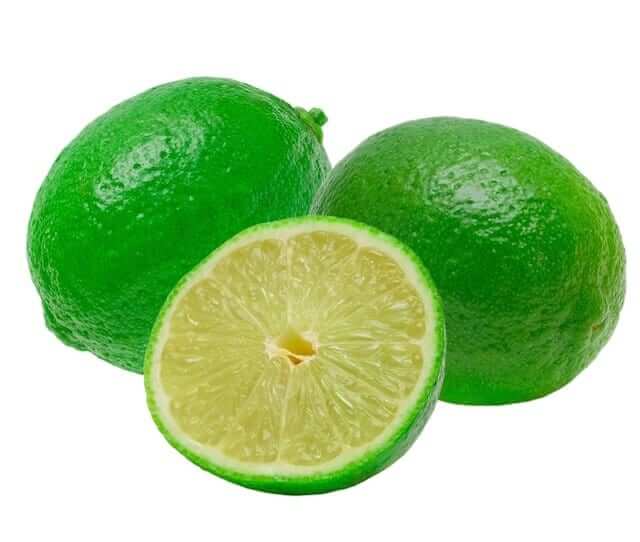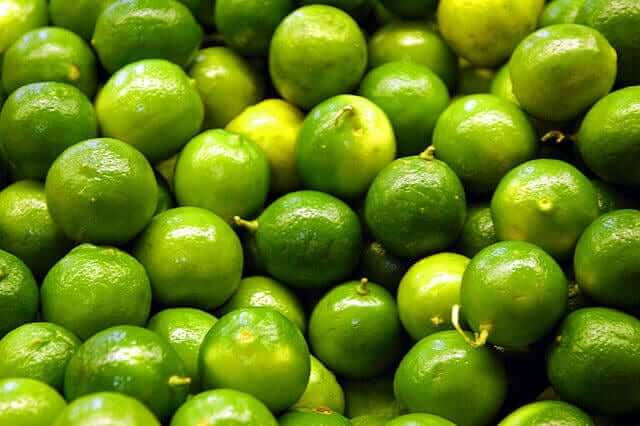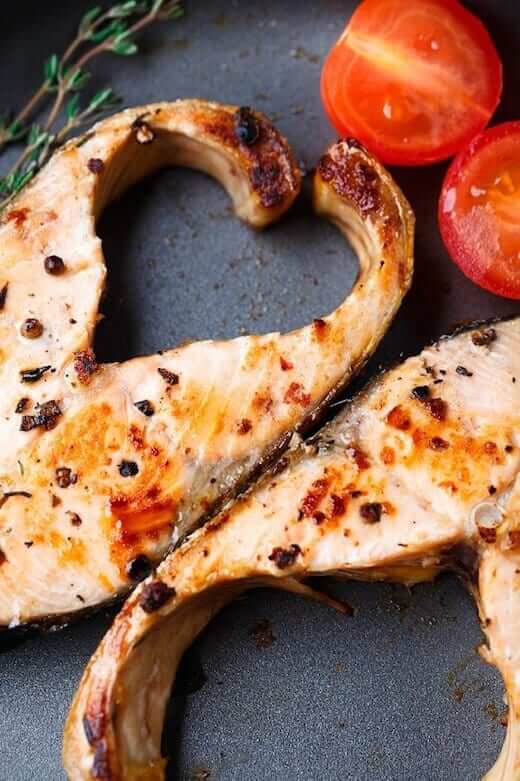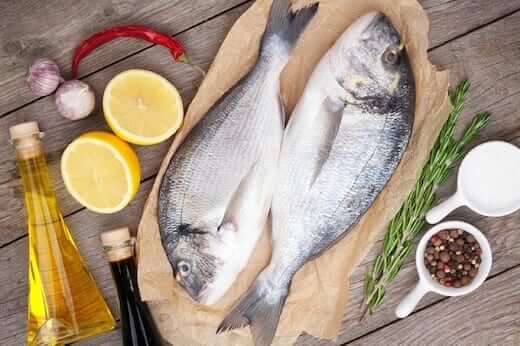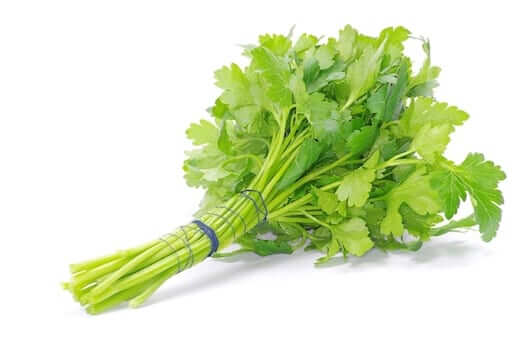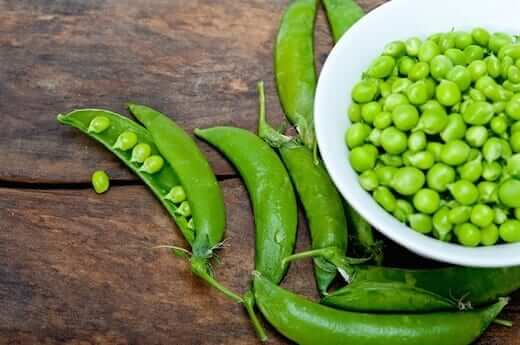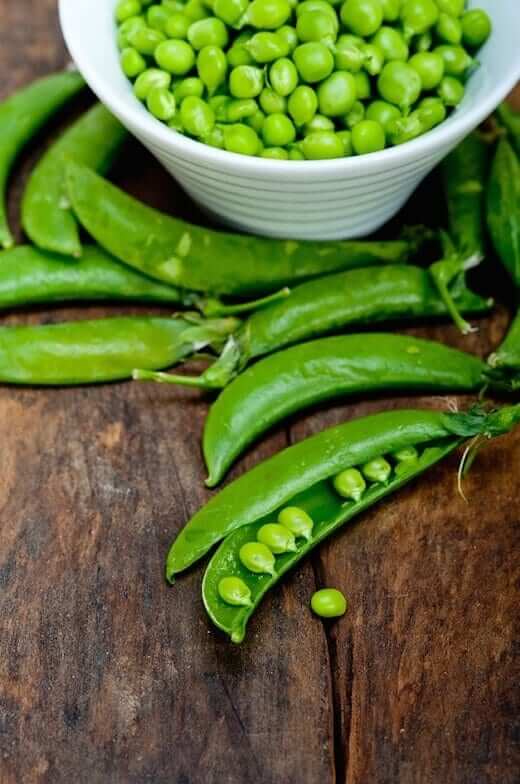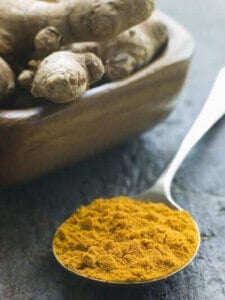Benefits of Cremini Mushrooms on Your Health
In almost every grocery store, you are likely to find a variety of mushrooms in varying sizes. The largest mushrooms are portobellos, the smallest are called button mushrooms. The medium, light brown variety is the cremini mushrooms and they are preferred for the stronger flavor and high nutrition. Learn how adding these mushrooms to your meals can boost your health.
Types of Nutrients in Cremini Mushrooms
Cremini mushrooms are rich in several nutrients and are believed to contain more minerals than other kinds. Some of the minerals that this type of mushroom has include selenium and potassium. They also have decent quantities of calcium and iron. Prominent vitamins in cremini mushrooms are vitamins B and C. They are extremely low in fat, calories and carbohydrates.
Cremini Mushrooms and Disease Prevention
Cremini mushrooms contain a mineral that has astounded researchers for years. This mineral is selenium. Selenium is thought to be one of the best disease-preventing nutrients on the market. It was shown to help reduce the risk of cancer significantly, and is often administered as a supplement to many medical treatments.
Researchers believe that selenium prevents and treats illnesses because it acts like an antioxidant in the body. Antioxidants eliminate free radicals, which can cause anything from flu to cancer. According to studies, selenium can also prevent and reduce the symptoms of cancer, poor thyroid function, mental diseases, infertility, heart disease and respiratory conditions. Because the body does not need much selenium, regular servings of cremini mushrooms is enough to maintain healthy levels.
Cremini Mushrooms and Weight Loss
Cremini mushrooms are safe to eat if you are losing weight. A cup has less than 50 calories, which is incredibly low. However, be careful about how you prepare the mushrooms and what you serve them with. In salads, low-sodium soups and high-protein stews, mushrooms can be good for your figure and health. Avoid deep-frying or seasoning cremini mushrooms with unhealthy, high-fat cooking oils, butters, dressings and condiments.
Eating mushrooms frequently can actually help you shed pounds. One of the functions of selenium is to regulate thyroid activity. Thyroid glands play a crucial role in your body’s metabolism and those suffering from low activity tend to gain weight more easily. By combining cremini mushrooms with foods rich in vitamins B and C, you can burn fat during exercise and fire up your metabolism.
Cremini Mushrooms and Muscle
If you want to preserve and improve the agility of muscles, you need to increase your potassium intake. Cremini mushrooms are filled with potassium and can be even more potent when combined with potatoes, tomatoes, spinach, beans and sweet peas. In addition to maintaining muscle, potassium also improves the efficiency of nerves and kidneys.
Cooking with Cremini Mushrooms
Cooking is where cremini mushrooms have an advantage over other types of mushrooms. They are the chef favorite because they provide a bolder, richer flavor and texture. Fresh cremini mushrooms have a slightly brown skin and should be used ideally within 3 days of purchase. You can boil, sauté, chop, and dice and slice these delicious foods to add to your favorite dishes.


